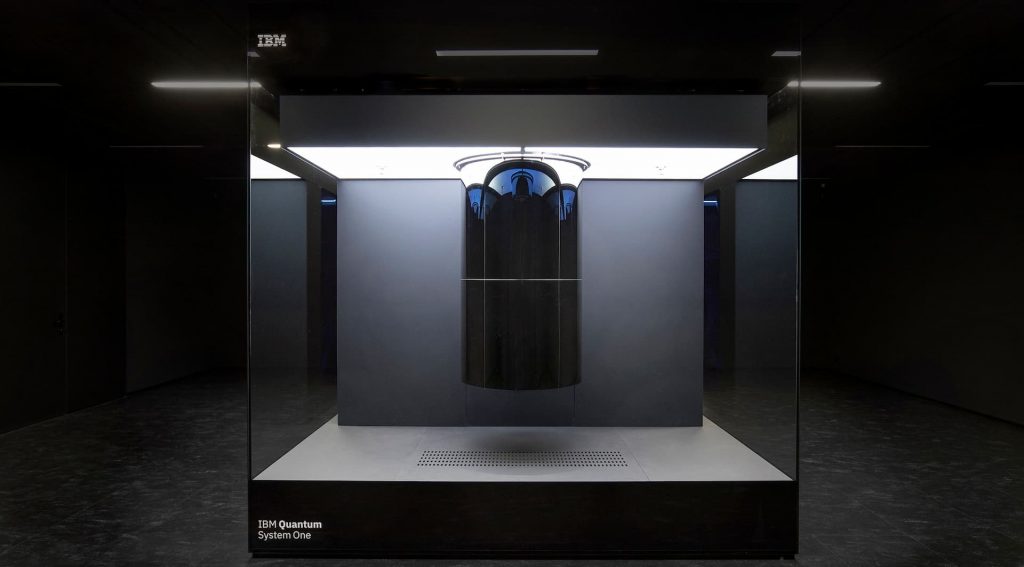Last year, Germany announced a bold multi-billion-dollar investment in winning the quantum race and now, it’s got the hardware to do it.
Amid much fanfare and a presentation from German Chancellor Angela Merkel, IBM unveiled a System One quantum computer it has built in Stuttgart as part of its partnership with Fraunhofer-Gesellschaft.
Chancellor Merkel, who was a physicist before she became a world leader, reinforced her intention to keep Germany a competitive force in quantum computing.
“As far as research into quantum technologies is concerned, Germany is among the best of the world, and we intend to remain amongst the best of the world,” Chancellor Merkel said during the announcement. “We’re in the midst of a very intense competition, and Germany has the intention to have an important say.”
In addition to the German quantum computer, IBM has already announced plans to deploy their Quantum System One in Japan and in the U.S. at the Cleveland Clinic in Ohio.
Importantly, the IBM quantum computers will allow researchers to develop the expertise necessary to get the industry to the promise of quantum computing overtaking its classic counterpart.
New Quantum Possibilities Across Europe
“Quantum computing opens up new possibilities for industry and society,” Hannah Venzl, the coordinator of Fraunhofer Competence Network Quantum Computing said. “Drugs and vaccines could be developed more quickly, climate models improved, logistics and transport systems optimized, or new materials better simulated. To make it all happen, to actively shape the rapid development in quantum computing, we need to build up expertise in Europe.”
In addition to the announced €2 billion investment in quantum by the German government over the next 5 years, the European Commission also has a €1 billion fund to spur quantum development in Europe.
Building German Quantum Expertise
Investment is one thing, but having the trained people necessary to program, or develop new applications for quantum computers requires hands-on access. And thanks to COVID-19 travel restrictions, German engineers got a crash course in how the thing operates when it had to assemble the IBM machine themselves with remote instruction from the IBM team.
The techniques used for assembly were borrowed from NASA, IBM said, adding one of the crates containing the hardware had to be custom-built with shock absorbers and brackets so it couldn’t tip over in transit.
The IBM team worked on the System One in a town a half-hour away from Stuttgart and trained German teams in quantum assembly for several hours a day for several weeks in a virtual classroom, IBM explained. The System One finally came online just a few weeks ago.
IBM added now that the System One is available in Fraunhofer, the hope is that it will be available to a wide range of people trying to solve problems for a array of sectors.
And there’s plenty of work to do.
“We need skilled quantum programmers to create libraries of quantum algorithms for specific problems in different fields. But we also need quantum experts to further improve software and hardware, to advance core quantum computing technology,” IBM quantum said. “And we need businesses to have enough quantum awareness to realize that a quantum computer would help them significantly improve output and possibly create products they can’t create today.”
